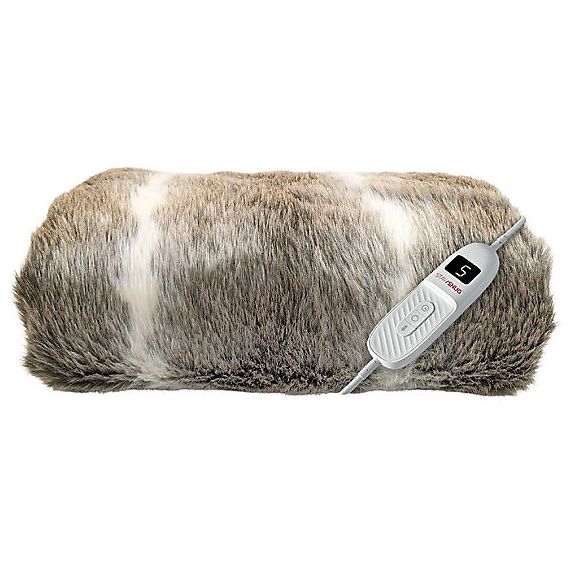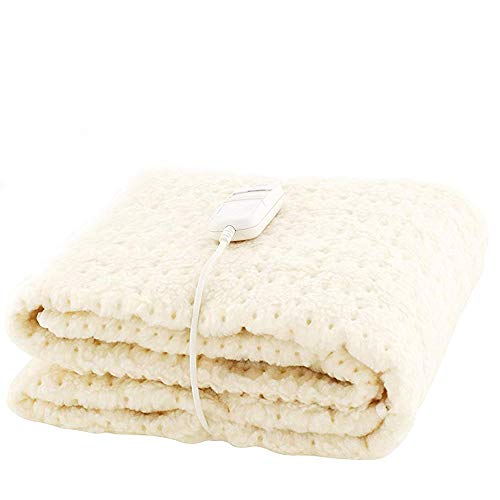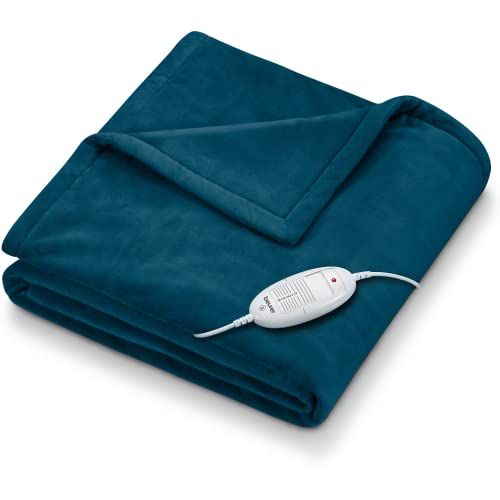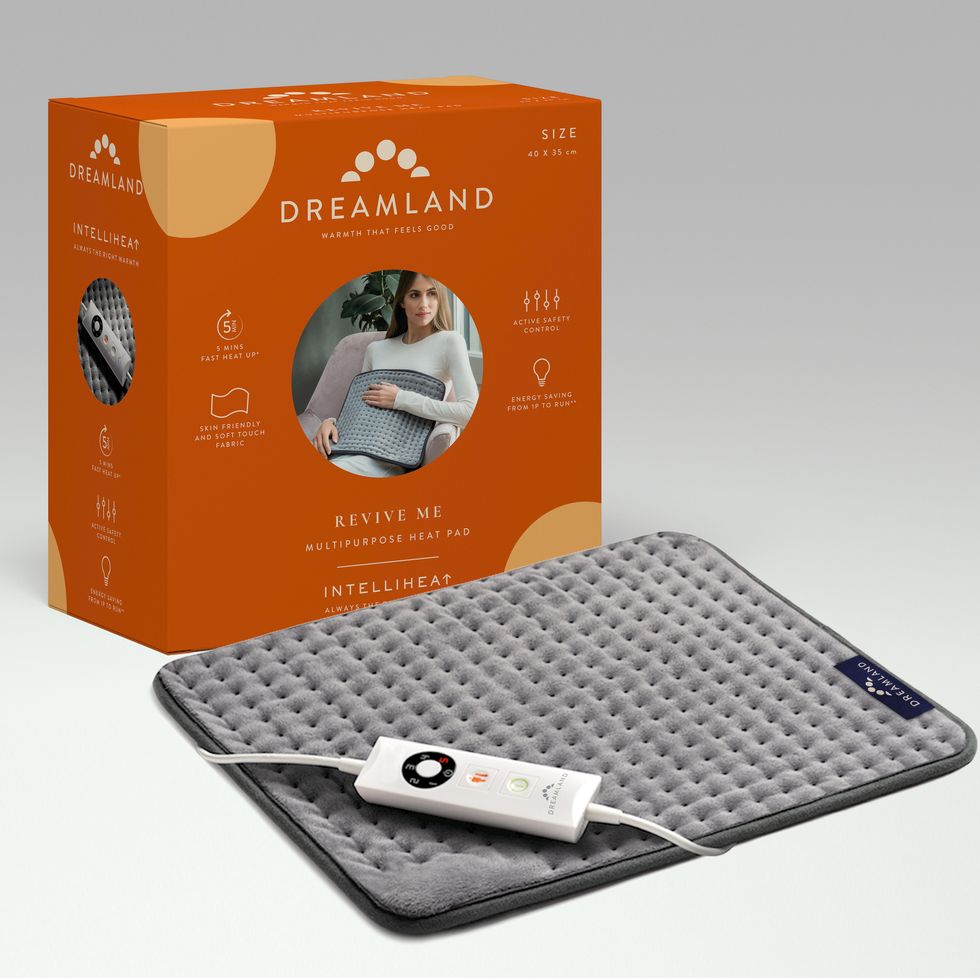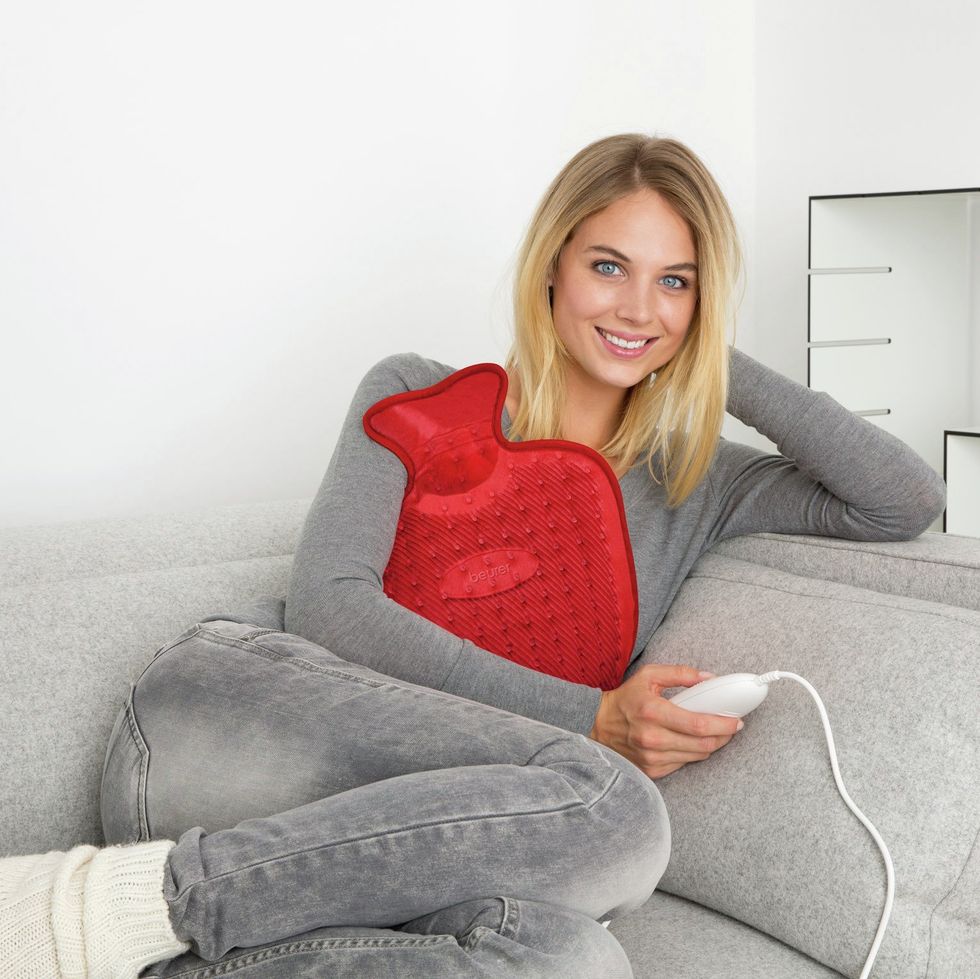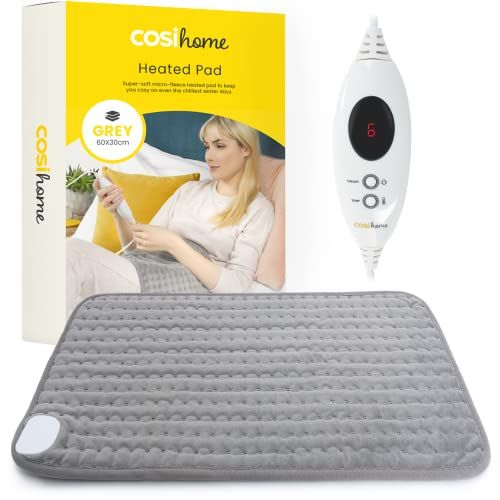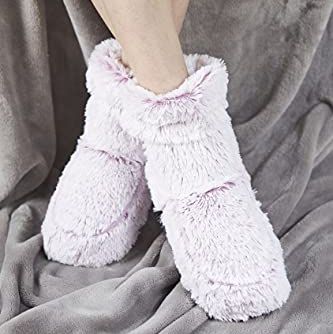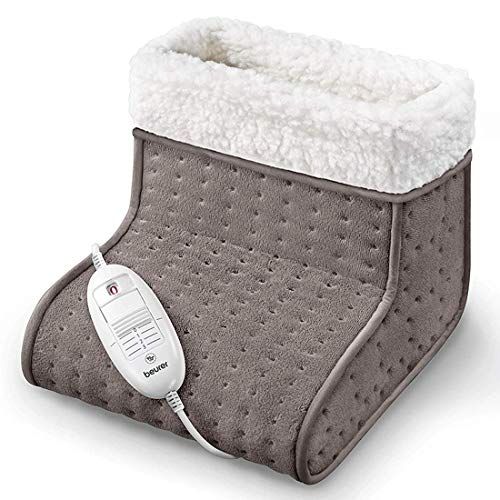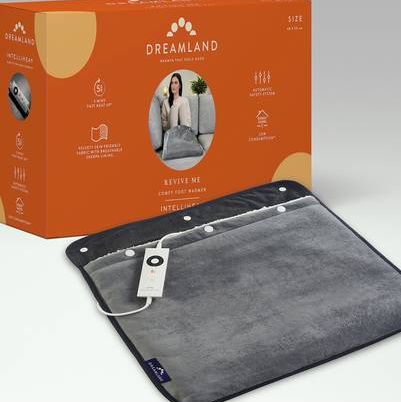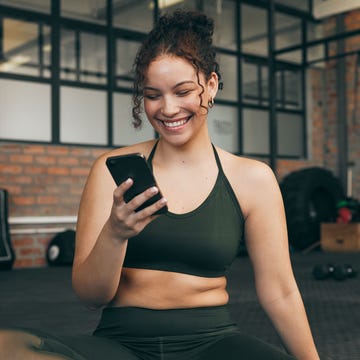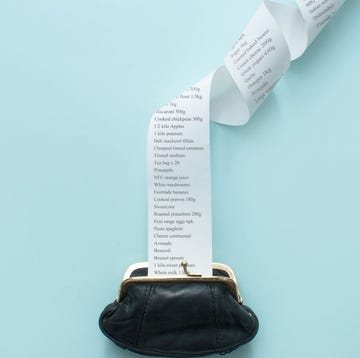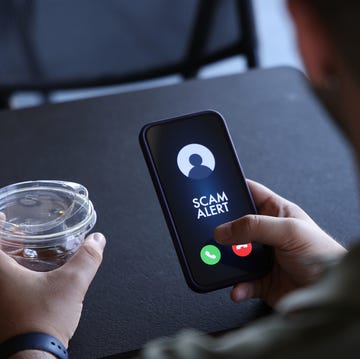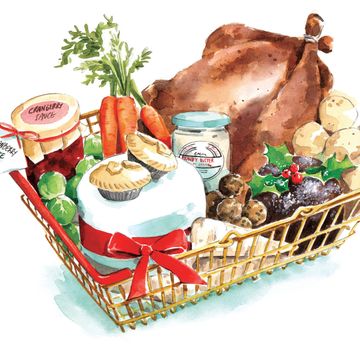Faced with high energy bills, staying warm at home this winter is a concern for many of us. However, there's a whole range of heated wearables and winter warmers on the market that promise to keep you snug for just a few pennies of electricity.
So the Good Housekeeping Institute set about finding out which of these innovations actually work, and which are just a lot of hot air…
We’ve split our guide into four categories of heated products – hot water bottles, heating pads, electric blankets and heated clothing – and shared the pros and cons of each.
What to read next
Crucially, we’ve also measured the energy efficiency of each product, so you can weigh up which is the most cost-effective winter warmer for you. We’ve also included advice on how to use them alongside your central heating.
All the energy prices below have been calculated using the current price of electricity (0.2635p/kWh).
Electric blankets: are they worth investing in?
Whether you want help staying warm at night or when you're snuggled on the sofa, an electric blanket offers customisable warmth. We found them energy efficient, too; one night's use only costs a few pence. Plus, with helpful timers and auto shut-off settings, there are more safety features on offer these days.
To learn all about the different types available, read our round-up of the best electric blankets. Otherwise, if you’re ready to buy, these are our tried and tested top picks:
Heat pads: what are they and should you buy one?
If you’d like more customisable warmth than a hot water bottle can provide, consider heat pads as an alternative. Often used to ease stomach cramps or help with muscle and back aches, these flat rectangular pads can be placed over your body (or you can hug them on the sofa) to provide targeted warmth.
Like electric blankets, they need to be plugged into mains electricity, but they’re more compact, which makes them easier to move from room to room and store away. Here are our top recommendations:
Heated wearables: do they really keep you warm?
We've also tested some heated wearables. Overall, our findings were positive – the products were indeed warming, without draining too much electricity.
We used our heat probes to test slippers and foot warmers, assessing how quickly they heated up and kept their warmth with our feet inside them. Then, of course, our experts also considered their comfort.
Hot water bottles: How much do they cost to fill?
Every household will pay a different price to fill up their hot water bottle, based on the wattage of your kettle and the size of your hot water bottle. But to give you a rough idea, we measured how much electricity the kettle in our lab used to boil at full and half full.
When half full (850ml), the kettle cost 2p to bring to the boil, while boiling a full kettle’s worth of water (1700ml) cost us 4p of electricity.
This assumes you'll only fill up your hot water bottle once, so multiply by the number of times you plan to refill it. Even if you plan on doing this regularly, though, this is undoubtedly one of the cheaper ways to stay warm in winter, especially if you already have a kettle and a hot water bottle at home.
How we test heated products
Reviewing heated products provides a fun challenge for our experts because they’re all so different. But for everything that has a plug, we measure energy consumption and temperature distribution.
For wearables, our experts try them on, assessing comfort and fit, as well as how the warmth spreads throughout.
Whatever the product, ultimately, we want to know that they’re snuggly, effective and efficient.
FAQs
When to use heated products at home
Whether you’re considering an electric blanket for your bed or some foot warmers while working at your desk, it’s important to use them in the most effective way. We asked the Energy Saving Trust’s Knowledge Manager, Joanna O’Loan, for her advice.
“We’re all looking for ways to save money on our heating bills but relying on heated products entirely, instead of heating our homes, can increase the risk of condensation,” she says.
“Cooking, washing and breathing all add moisture to the air that could condense onto cold surfaces, including walls. This may lead to damp, which could damage the structure of your home or cause mould. It’s therefore advisable to put some heating on more frequently in the colder months, to keep your walls warm and prevent condensation.
“Using heated products from time to time, to help take the chill off the coldest days, isn’t a problem, however.”
If you have a gas boiler, the best way to keep your heating bill down is to only have it on when you need it, rather than always keeping it on a low temperature. “If you leave the house for a few hours, you will save money by turning the heating off,” Joanna explains. “The average house will then take about 30 minutes to warm up once the heating has been switched back on.
“An important exception is if freezing temperatures are forecast. In this case, it’s advisable to keep the heating on and set your thermostat to around 5°C to prevent pipes from freezing. Modern boilers also often have in-built frost protection to stop them dropping below freezing.”
When it comes to which heated products are best, Joanna says it’s all down to personal preference, and the Good Housekeeping Institute is here help you make an informed decision. Keep scrolling to discover the pros and cons of each.
Nearly all products will have auto shut-off features or timers, which means they won’t accidentally remain on after extended use. However, always check the health and safety information before using any heated device.
Are there any other ways to stay warm at home?
You don't have to rely on heated products; there are plenty of other simple changes you can make to keep warm, without turning up the heating.
“Reducing heat loss throughout your home is one of the best ways to keep warm while using less heating,” says Joanna. “Quick and easy actions include adding rugs (especially where there are gaps in floorboards), keeping internal doors closed and using draught excluders.” If you have an open chimney, a chimney draught excluder may also help.
If you feel the cold at night, closing curtains will also help keep in the heat, as long as they aren’t blocking any radiators. Pick up one of our tried and tested best winter duvets, too – with higher togs, they're designed to keep you cosy on cold nights.
Then of course, there are good old fashioned blankets, which are great for layering up. These are the best ones we’ve tried in the lab for under £40:
Lastly, remember to check your thermostat. “Make sure it's set to the lowest comfortable temperature – the World Health Organisation advises this is usually between 18°C and 21°C,” says Joanna.
Installing a full set of heating controls should also help. “They allow you to heat only the rooms you’re using for the time you’re using them, reducing waste and saving you money,” she adds.
Why should you trust the Good Housekeeping Institute?
We take testing heated products very seriously at the Good Housekeeping Institute – whether that’s finding the best electric blankets or best electric heaters. Our team, headed up by homes testing manager Blossom Boothroyd, checks exactly how much each product costs to run, as well as making sure their warmth is evenly distributed and that it reaches every last corner.
Megan Geall, our senior homes and lifestyle writer has written about hundreds of products. She looks out for the best new launches to try, ensuring we rigorously review each one to help you in your quest for a cosier home. She also translates the test results into clear, informative reviews.
Megan is the Good Housekeeping Institute’s senior homes and lifestyle writer. She loves diving into the latest product releases to find the very best buys on the market and has written hundreds of product reviews on everything from the best vacuum cleaners and coffee machines to the best ice cream makers and robot window cleaners.
When she’s not writing about the newest gadgets and gizmos for your home and garden, you’ll find her running every distance from 5km to 100km or relaxing at home with her cat – there really is no in between.
Megan has an MA in Magazine Journalism and has previously written for Stylist, Glamour, Women's Health, TimeOut, SquareMeal, and YOU magazine. You can find Megan on Instagram @meganlouisegeall.
Blossom is passionate about finding the best home products and appliances for GH readers. As head of the homes testing team, she has led reviews across multiple categories, from pizza ovens, and smart plugs to portable fans and hobs. She enjoys delving into the intricacies of products and refining testing protocols to ensure we’re testing them against their claims. Her aim is to find the top-performing products on the market, to help take the hard work out of housework. Blossom’s most notable accomplishment in the lab has been toasting 528 slices of bread in her quest to find the best toasters money can buy. In her free time, she openly admits to being a music geek and indulges her creative side through crocheting, baking, singing and writing.


